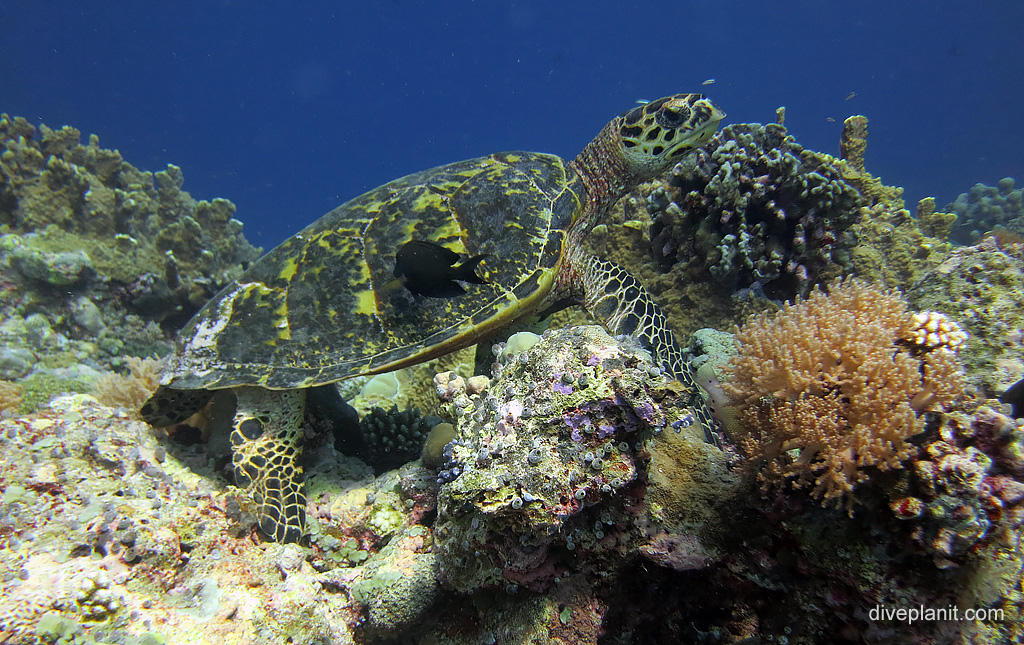Biodiversity #18 – Cleaner Fish – cooperation
Cleaner fish live in a cleaning symbiosis with larger, often predatory fish, grooming them and benefiting by feeding on what they remove. The most common cleaner fish is the cleaner wrasse, which operate known cleaning stations on the reef.
‘Client’ fish approach and congregate at the stations. The wrasse, which often work in pairs of even small groups, perform a little dance to signify that they’re open for business. Upon recognising the cleaner(s) and successfully soliciting its attention, the client fish adopts a species-specific pose to allow the cleaner access to its body surface, gills and usually mouth. The cleaner wrasses feed on dead tissue and scales and parasites.
It’s not just fish cleaning fish, Mola Mola (sunfish) even float on the surface to be cleaned by birds (as well as fish), and most turtles, rays and sharks use cleaning stations too.
Despite a complete lack of OOSH policies and procedures, very few cleaners are injured or consumed as a result of their work. Probably because parasite removal is more important for predator survival than the short-term gain of a little snack.
And beside ‘fish are friends’.
If you see a cleaner station, drop air and hang back. These can make great little photo-stops, as the fish being cleaned hold pretty still. Here’s a little something I knocked up at Uepi Resort in the Solomons.
<= Previous Biodiversity #17 Porcupinefish Biodiversity #19 Weedy Seadragon Next =>




